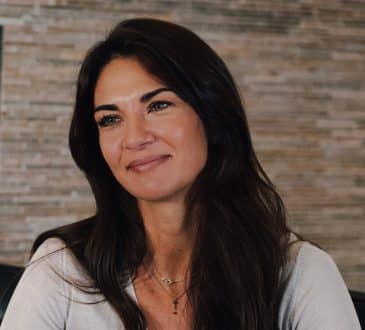Website Traffic Sources: Which one is the most Important?

Getting the right people in the door, whether a physical or a virtual door, isn’t a walk in the park. There is no magic button you can push and traffic automatically flows to your website. It takes effort, time, and sometimes money to attract the right audience and customers to your website. Whether you are directing traffic to your website through social media, blogging, email marketing, or through paid advertising campaigns, you are directly or indirectly paying for your traffic.
There are two primary types of traffic: paid vs. organic traffic. The question is, “Which one is worth more for whatever you pay?”
Organic traffic: Benefits vs. downsides
A recent report revealed that 72 percent of searchers on Google click on organic results only or in a vast majority of the time. This is consistent with the meaning of organic search and traffic. Most of the time internet users use a search engine, their primary goal is not to click on some ads. They need information about someone or something specific. Here are the benefits of organic search traffic.
Positive bias: In most cases, users who click on your website already trust that the information they will find is exactly what they are looking for. In essence, if your site is ranking high on Google, the user will have a positive bias towards your website, services or product.
Encourages improvement: In case you have not been building your website with great content, you will start doing so the moment you start an organic traffic campaign. You will have to create great content, and this will improve your overall user satisfaction and probably enhance your brand favorability.
The following are the cons of organic search traffic.
- The strategy requires much time. It can take a few months to years to rank top for some keywords.
- You must be an expert to create and implement an effective organic search traffic strategy.
Pay Per Click (PPC) traffic: Benefits vs. downsides
If you can create high-quality paid ads, you will realize that this type of traffic is reliable too. According to a recent study, if your ad appears on a top position, it is likely to get about 7 percent average click-through rate. Some product-specific or brand specific searches may result in a higher click-through rate. If you’re interested in advertising on social media with PPC, here are the benefits of PPC traffic from social media.
Time: It takes very little time to get results as compared to organic search. The moment you pay and secure a top position, that specific spot is always yours. This is a guarantee that internet users searching for your keyword are likely to click your link first.
Tailored fit: The specific ads you pay for will be created to fit your desired audience. You can target specific clients and prospects via PPC ads. Organic search traffic cannot help you achieve this.
However, the biggest downside of PPC traffic is that the marketer must be prepared to part with a huge amount of money. The moment you stop a paid advertising campaign, the traffic from these ads will stop immediately.
Both PPC and organic search are methods of driving traffic to a website. Sometimes, you may want to combine the two methods to create a marketing campaign. But if you must choose one, you can evaluate the benefits and downsides of each of the methods and choose one that suits you best.
Have you read?
# Russia’s Rich List 2019: Wealthiest People In Russia.
# New York Rich List For 2018: The Billionaires Of New York.
# Richest Women In The United States For 2018: 55 Female Billionaires.
# Top 20 Richest Sports Team Owners In The World, 2018.
# The 100 Most Influential People In History.
Add CEOWORLD magazine to your Google News feed.
Follow CEOWORLD magazine headlines on: Google News, LinkedIn, Twitter, and Facebook.
This report/news/ranking/statistics has been prepared only for general guidance on matters of interest and does not constitute professional advice. You should not act upon the information contained in this publication without obtaining specific professional advice. No representation or warranty (express or implied) is given as to the accuracy or completeness of the information contained in this publication, and, to the extent permitted by law, CEOWORLD magazine does not accept or assume any liability, responsibility or duty of care for any consequences of you or anyone else acting, or refraining to act, in reliance on the information contained in this publication or for any decision based on it.
Copyright 2024 The CEOWORLD magazine. All rights reserved. This material (and any extract from it) must not be copied, redistributed or placed on any website, without CEOWORLD magazine' prior written consent. For media queries, please contact: info@ceoworld.biz
SUBSCRIBE NEWSLETTER








